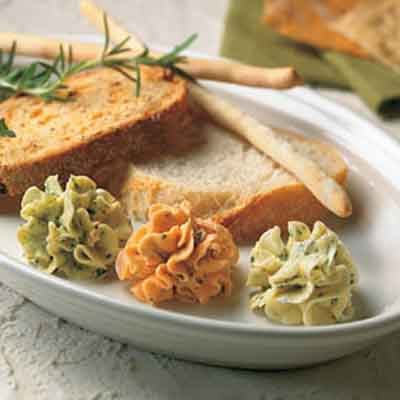“Biscuit Month” has come again and brings to mind a life-long challenge for me—to bake a really great biscuit. Is it because I was born in northern Iowa that I am biscuit-challenged? Lack of success is not for lack of trying. For anyone else who’d love to improve their biscuit baking skills, I’m trying these remedial steps for improvements:
- Start with the right wheat flour from the six classes of Wheat and Flour 101 Flour used in biscuit baking should be “softer,” (lower in the flour proteins called gluten). Famously good biscuit bakers also bake with self-rising, all-purpose, and for whole grain biscuits, whole white wheat.
- Learn the difference in leavening commonly used in biscuit baking, baking powder and baking soda, and use the correct one. What’s the difference between Baking Soda and Baking Powder?
- Entrust your efforts to test kitchens that know biscuits, Crisco Baking Powder Biscuit.
Include one of the longest sources of soft wheat flour milling for biscuits, Southern Biscuit flour. If these brands are not available near you, find a self-rising flour for starters.
- Watch a pro–fifth generation milling CEO and biscuit baker–Robert Harper. Robert will share his best family biscuit favorites from Hopkinsville, Kentucky as he prepares Cinnamon Biscuits at www.sunflourflour.com
- Finally, the best way to groove what you know is to share it—teach it. A ready-to-go lesson, Explore Biscuit History and Traditions, available from those who’ve produced the baking powder to leaven biscuits for over 150 years. Buttery Breakfast Biscuit lesson.

Keep in mind, the biscuit should be served with butter! Explore a whole flight of deliciousness, sweet or savory here!
